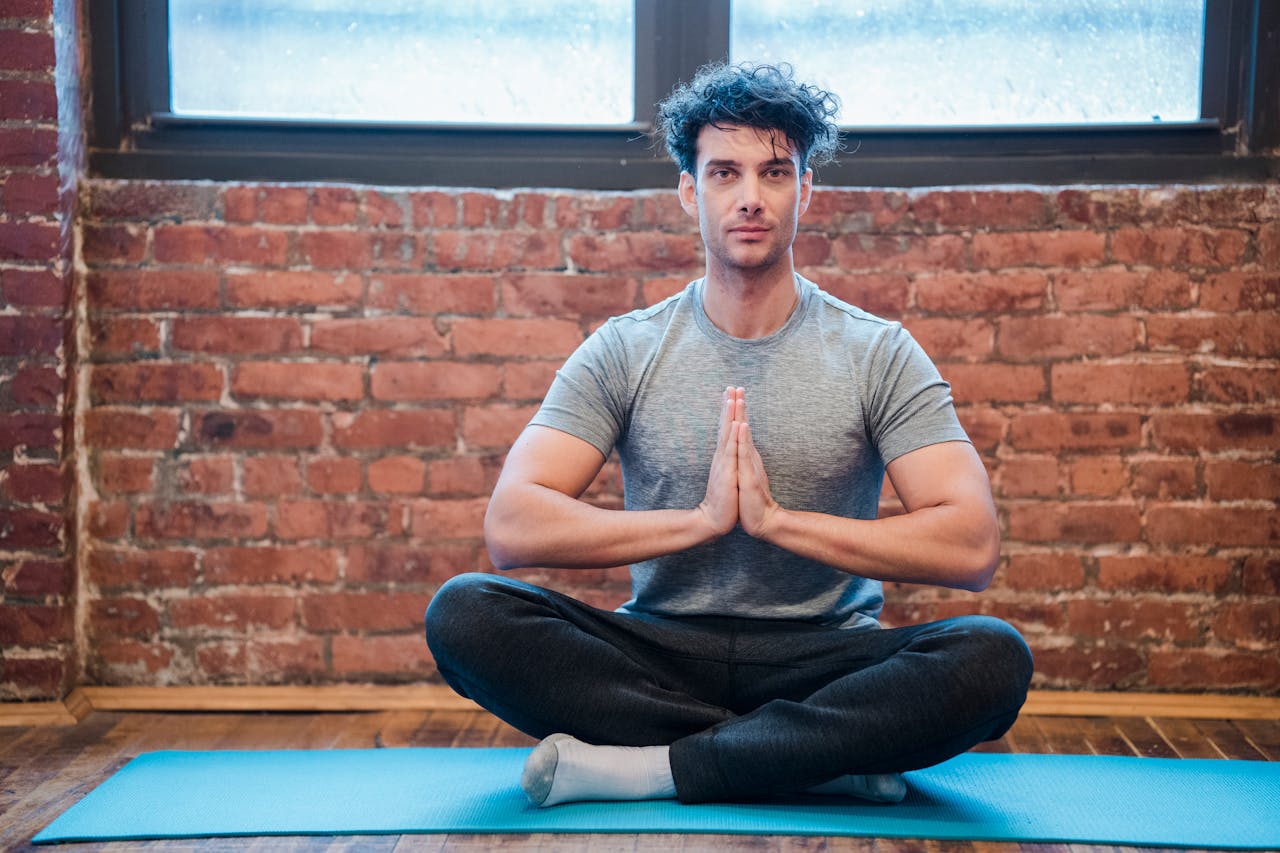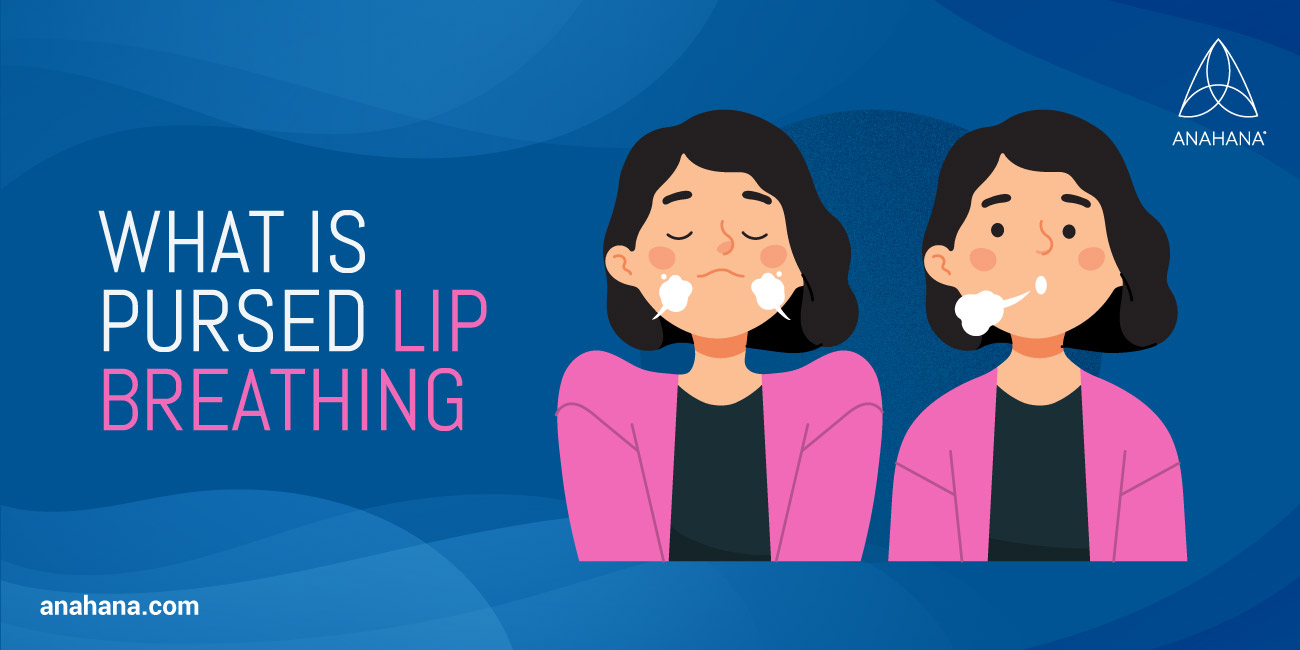
Table of Contents
Imagine unlocking ancient secrets that have rejuvenated minds and bodies for millennia. For thousands of years, Eastern cultures have mastered the art of relaxation, with breathing exercises standing at the forefront of this transformative journey. These time-tested techniques promise more than just improved health—they offer a pathway to a serene and balanced life in our hectic world.
Breathing Exercises Explained
Breathing exercises are a versatile tool, aiding in stress relief, promoting better sleep, and enhancing focus. They also help in relaxation, can raise body temperature, and improve athletic performance. These simple techniques offer significant benefits for both mind and body.
Different breathing techniques have very different effects on the nervous system and body and can have an immediate result.
For example, the physiological sigh has been shown in peer reviewed studies to be the quickest way to calm the body.
The physiological sigh: two deep inhales through the nose (no exhale in between), followed by a full exhale to lungs empty (through the mouth) is the fastest way to reduce autonomic arousal — aka “calm down” & causes activation of neural circuits specifically for calming. - Andrew Huberman
Additionally, there are many longer term benefits, for both mental and physical health, and one’s overall wellbeing.
Eastern cultures have practiced relaxation techniques, including breathing exercises, for thousands of years to restore and enhance one’s health.
One prominent example is yogic breathing, also known as pranayama, an ancient practice of controlled breathing often performed with meditation or yoga.
Pranayama encompasses various forms of controlled breathing, each designed with different rates and depths. Some common examples include nostril breathing (double, single, or alternate), abdominal breathing, forceful breathing, and vocalized or chanting breathing.
In the late 1800s, yoga and pranayama found their way to the Western world and gained popularity during the mid-1900s.
New breathing techniques like the Buteyko method have emerged in pursuit of their claimed health benefits and potential for treating various medical conditions.
These techniques continue to captivate individuals seeking improved well-being through the power of conscious breathing.
Deep Breathing Exercises
Breathing exercises offer a powerful method to calm the mind and rejuvenate the whole body. Here are six breath exercises to reduce stress and promote overall well-being.
Box Breathing
Square Breathing, also known as Box Breathing, is a simple yet effective technique to relieve stress and enhance focus. It involves taking slow, deep breaths in a regular rhythm, following a "square" pattern.
Step-by-step guide:
- Inhale: Breathe in slowly through your nose for a count of 4.
- Hold: Hold your breath for a count of 4.
- Exhale: Slowly exhale through your mouth for a count of 4.
- Pause: Wait for another count of 4 before inhaling again.
Repeat this cycle for a few minutes, gradually increasing the duration as you become more comfortable.
It can be beneficial during moments of stress, before challenging tasks, or as a daily practice to center oneself.
4-7-8 Breathing
The 4-7-8 breathing technique, often referred to as the "relaxing breath," is a simple practice that reduces stress, and anxiety, and promotes better sleep. It involves specific counts for inhaling, holding, and exhaling a few deep breaths.
Step-by-step guide:
- Inhale: Quietly breathe in through your nose for a count of 4.
- Hold: Hold your breath for a count of 7.
- Exhale: Slowly exhale with your mouth wide for a count of 8, making a whooshing sound as you breathe out.
Repeat this cycle for four breaths initially, and with practice, you can extend it up to eight breaths at a time.
This simple breathing technique acts as a natural tranquilizer for the nervous system, and its effectiveness increases with repetition and regularity.
Mindful Breathing
Mindful breathing is a foundational practice in mindfulness meditation, focusing on the sensations and rhythms of the breath.
By paying close attention to each inhalation and exhalation, practitioners cultivate a deeper awareness of the present moment, fostering relaxation and clarity.
Step-by-step guide:
- Position: Sit comfortably in a chair or on the floor with a straight back. You can also do this lying down if preferred.
- Focus: Close your eyes and focus on your breath. Notice the sensation of the air entering your nostrils, filling your lungs, and then leaving your body.
- Observation: Pay attention to the rise and fall of your chest and abdomen with each breath. If your mind wanders, gently bring it back to your breath without judgment.
- Duration: Start with 5 minutes and gradually increase the duration as you become more accustomed to the practice.
Regular mindful breathing can help reduce stress, improve concentration, and foster a deeper connection to oneself and the present moment.
Diaphragmatic Breathing
Diaphragmatic breathing, often called "abdominal breathing" or belly breathing, is one of the deep breathing techniques that involves drawing breath into the lungs using the diaphragm, a large muscle located just below the lungs.
This technique maximizes oxygen intake, promotes full oxygen exchange, and can help to reduce stress and stabilize blood pressure.
Step-by-step guide:
- Position: Lie on a flat surface with your knees slightly bent, preferably with a pillow under your head. Place one hand on your chest and the other on your abdomen.
- Inhale: Breathe deeply through your nose, ensuring that your stomach muscles (not your chest) rise, causing the abdomen to expand. The hand on your chest should remain as still as possible.
- Exhale: Purse your lips and breathe out slowly, pressing down gently on your abdomen to assist in expelling the air. Again, the hand on your chest should remain mostly stationary.
- Repeat: Continue this pattern, taking your time with each breath and focusing on the rise and fall of your abdomen.
Regularly engaging in this deep breathing exercise can improve lung function, relax the body, and calm the mind, making it especially useful for those with anxiety or respiratory conditions.
Alternate Nostril Breathing
Alternate nostril breathing, known as "Nadi Shodhana" in Sanskrit, is an ancient yogic breathing practice designed to balance the left and right hemispheres of the brain, clear energy channels, and promote a sense of calm and focus.
Step-by-step guide:
- Position: Sit upright in a comfortable position. Rest your left hand on your lap and prepare your right hand by folding the middle fingers and index fingers toward the palm.
- Begin: Close your right nostril with your right thumb. Inhale slowly and deeply through your left nostril.
- Switch: Close your left nostril with your right ring finger, and release your right nostril. Exhale completely through your right nostril. Now, inhale through your right nostril.
- Continue: Close your right nostril again with your thumb and exhale through the left nostril. This completes one cycle.
- Duration: Continue for several cycles, ideally for at least 3-5 minutes, gradually extending the practice's duration as you become more accustomed to it.
Concluding your practice, finish with an exhale on the left nostril, then take a few moments to return to normal breathing, observing any changes in your state of mind or energy level.
Practicing this breathing pattern can enhance concentration, foster equilibrium, and rejuvenate the nervous system.
Pursed Lip Breathing

Pursed lip breathing is a simple respiratory technique that helps to improve ventilation, release trapped air in the lungs, and increase the amount of oxygen reaching the lungs.
It's particularly beneficial for those with respiratory conditions, but anyone can use it to promote deeper and more effective breathing.
Step-by-step guide:
- Position: Sit or stand up straight. Relax your neck and shoulders.
- Inhale: Take a deep breath in through your nose for a count of two.
- Exhale: Pucker or "purse" your lips, almost as if you are about to whistle or blow out a candle, and then exhale slowly and steadily through these pursed lips for a count of four or more, effectively doubling the time you took to inhale.
- Repeat: Continue this pattern for a few minutes, focusing on the sensation of the breath and ensuring the exhale is controlled and twice as long as the inhale.
Regular practice of pursed lip breathing can help improve lung function, relieve shortness of breath, and encourage a calming effect on the mind and body.
It's especially helpful for those with chronic obstructive pulmonary disease (COPD) or similar respiratory conditions.
Additional Deep Breathing Exercises
There are dozens of breathing exercises for improving breath control and overall well-being. Some of the additional breath focus activities include:
- Apnea breathing for swimming, snorkeling, and water sports
- Lion’s breath
- Sitali breath
- Holotropic breathing (for safety reasons, has to be performed under guidance from a professional)
- Wim Hof breathing
- Shallow breathing
- Lamaze breathing
- Three-part breathing
- Tummo breathing
- Pranayama breathing
Benefits of Practicing Breathing Exercises
Breathing exercises, while seemingly simple, can unlock a myriad of health and wellness benefits for both the mind and body.
They allow practitioners to avoid the natural, shallow breaths involved in chest breathing that people normally participate in. This influences our physiological and psychological state, making these practices a cornerstone of holistic well-being. The benefits include:
- Quell errant stress response for stress relief
- Improved focus and concentration
- Enhanced lung capacity
- Reduces high blood pressure
- Emotional Balance
- Improved Sleep
- Detoxification
- Strengthened Respiratory Muscles
- Enhanced Digestion
- Mood Elevation
- Enhanced relaxation response
By incorporating regular breathing techniques into daily routines, individuals can harness these benefits and elevate their overall quality of life.
Risks and Contraindications
Not all problems can be solved with a specific breathing technique.
If you feel lightheaded, experience difficulty breathing, or have abnormal breathing patterns that won't go away, seek medical attention immediately.
You should also seek medical advice or breathing treatment if you experience any of the following issues:
- Chest Pain when breathing
- Back pain when breathing
- Sharp pain when breathing
- Lower back pain when breathing
- Trouble breathing after eating, followed by pain
- Middle back pain when breathing
- Wheezing cough
- Sharp pain in the breast
- Dull pain under the left rib cage
There are several different techniques and tips that we recommend exploring on the journey toward healthier diaphragmatic breathing.
References
Anatomy, Thorax, Diaphragm - StatPearls - NCBI Bookshelf
Anatomy, Thorax - StatPearls - NCBI Bookshelf
Anatomy, Thorax, Lung Pleura, And Mediastinum - StatPearls - NCBI Bookshelf
Physiology, Respiratory Drive - StatPearls - NCBI Bookshelf
How do lungs work? - InformedHealth.org - NCBI Bookshelf
Anatomy, Airway - StatPearls - NCBI Bookshelf
Effects of Diaphragmatic Breathing on Health: A Narrative Review - PMC
The physiological effects of slow breathing in the healthy human - PMC
Disclaimer
The contents of this article are provided for informational purposes only and are not intended to substitute for professional medical advice, diagnosis, or treatment. It is always recommended to consult with a qualified healthcare provider before making any health-related changes or if you have any questions or concerns about your health. Anahana is not liable for any errors, omissions, or consequences that may occur from using the information provided.

By: Clint Johnson
Clint is the driving force and founder of Anahana. Clint teaches Yoga, Pilates, mindful breathing, and meditation, catering to a global community of students and teachers.